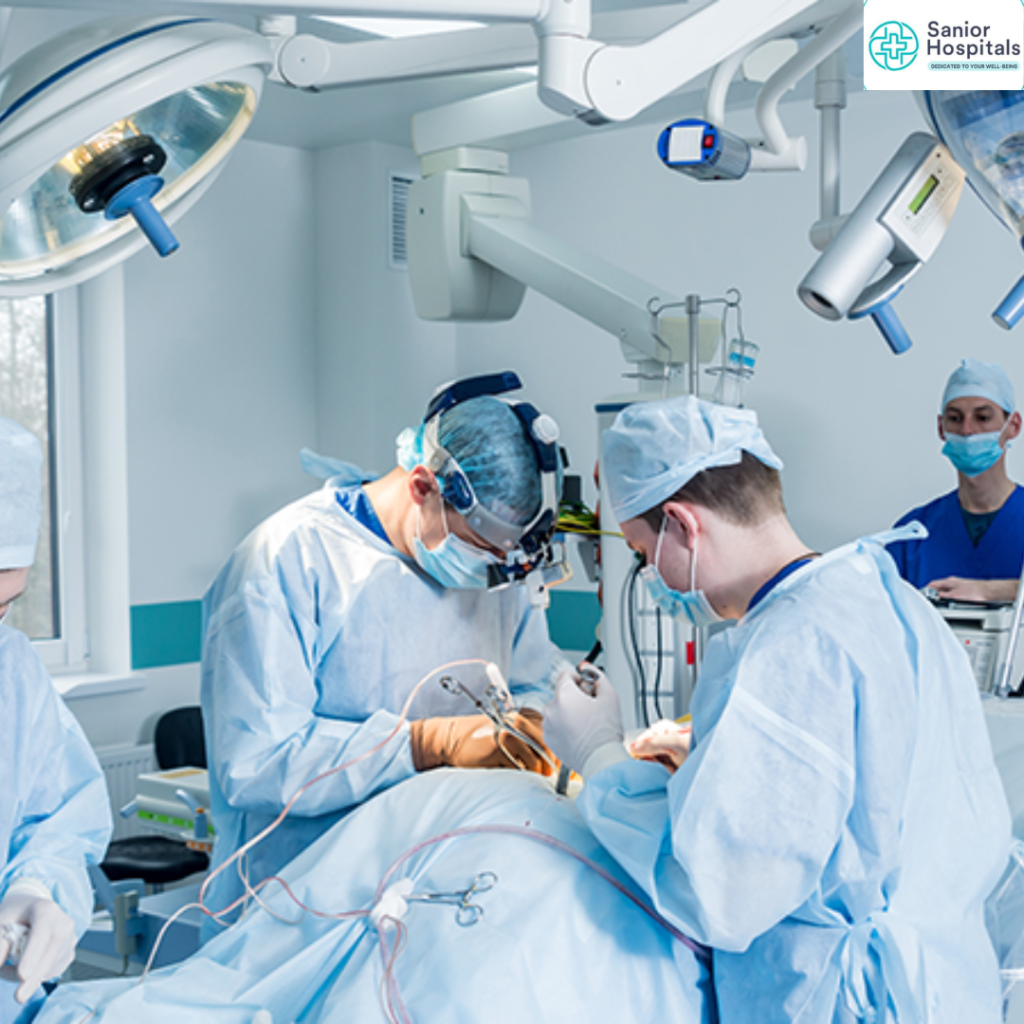
Surgery is a cornerstone of modern medicine, offering lifesaving solutions and improving the quality of life for millions worldwide. While the idea of surgery might evoke anxiety, understanding common surgical procedures can demystify the process and empower patients to make informed decisions. This article explores some of the most frequently performed surgeries, their purposes, and what patients can expect during their recovery journey. Insights from leading institutions, including Senior Hospitals, add depth to our understanding.
The Role of Surgery in Healthcare
Surgery encompasses a wide range of medical interventions designed to diagnose, treat, or prevent various conditions. From minimally invasive procedures to complex operations, surgical advancements have significantly improved patient outcomes. According to Senior Hospitals, a reputed healthcare network, understanding the nature and purpose of a surgical procedure is critical to alleviating patient fears and ensuring a smooth experience.
Common Surgical Procedures
1. Appendectomy
- Purpose: An appendectomy is the removal of the appendix, often performed when a patient suffers from appendicitis. Appendicitis occurs when the appendix becomes inflamed and infected, posing a risk of rupture if untreated.
- Procedure: Typically performed laparoscopically, the surgeon makes small incisions in the abdomen to remove the appendix. This approach reduces recovery time and minimizes scarring.
- Recovery: Most patients return to normal activities within 2-4 weeks. Pain management and avoiding heavy lifting are key during this period.
2. Cataract Surgery
- Purpose: Cataract surgery addresses clouding of the eye’s natural lens, which impairs vision. It is one of the safest and most effective surgeries globally.
- Procedure: The cloudy lens is removed and replaced with an artificial intraocular lens (IOL). The procedure is quick, usually lasting less than an hour.
- Recovery: Vision improves within days, but full recovery may take a few weeks. Patients are advised to avoid strenuous activities and protect their eyes from bright light.
3. Joint Replacement (Arthroplasty)
- Purpose: Commonly performed on knees and hips, joint replacement surgery helps relieve pain and restore mobility in patients with arthritis or severe joint damage.
- Procedure: The damaged joint is removed and replaced with a prosthetic joint made of metal, plastic, or ceramic materials.
- Recovery: Physical therapy is essential for regaining strength and range of motion. Most patients see significant improvements within 3-6 months.
4. Coronary Artery Bypass Grafting (CABG)
- Purpose: CABG is performed to improve blood flow to the heart in patients with severe coronary artery disease.
- Procedure: Surgeons create a bypass around blocked arteries using a healthy blood vessel from another part of the body.
- Recovery: Full recovery can take up to 12 weeks. Lifestyle changes, such as a heart-healthy diet and regular exercise, are crucial post-surgery.
5. Gallbladder Removal (Cholecystectomy)
- Purpose: This surgery treats gallstones or gallbladder inflammation that causes pain and digestive issues.
- Procedure: Performed laparoscopically, the gallbladder is removed through small abdominal incisions.
- Recovery: Patients typically resume normal activities within a week but may need to adjust their diet temporarily.
Insights from Senior Hospitals
Senior Hospitals emphasize the importance of patient education and personalized care. Their surgical teams adopt advanced techniques, such as robotic-assisted surgery, to enhance precision and reduce recovery times. “Our goal is to make surgery as seamless and stress-free as possible,” states Dr. Anika Sharma, Chief Surgeon at Senior Hospitals. “We encourage patients to ask questions and be active participants in their care.”
Preparing for Surgery

Preparation plays a vital role in the success of any surgical procedure. Here are some steps patients can take:
- Understand the Procedure: Ask your surgeon about the steps involved, risks, and expected outcomes.
- Medical History: Share your complete medical history, including allergies and current medications.
- Pre-Surgery Guidelines: Follow instructions such as fasting or stopping certain medications.
- Arrange Support: Ensure someone is available to assist you during recovery.
Post-Surgery Care
Recovery varies depending on the procedure and individual health factors. Senior Hospitals recommend the following general tips:
- Follow Instructions: Adhere to your surgeon’s advice on wound care, medications, and activity levels.
- Monitor Symptoms: Watch for signs of infection, such as fever or excessive swelling, and report them promptly.
- Rehabilitation: Engage in prescribed physical therapy or exercises to regain strength and mobility.
- Healthy Lifestyle: Maintain a balanced diet and avoid smoking or alcohol to support healing.
Conclusion
Understanding common surgical procedures can alleviate fear and prepare patients for a successful recovery. By partnering with trusted healthcare providers like Senior Hospitals and staying informed, individuals can navigate their surgical journeys with confidence. Remember, surgery is not just about treatment—it’s a step toward better health and a higher quality of life.
For More Details About Sanior Hospitals Visit Here https://saniorhospitals.com/
Check out our other posts












